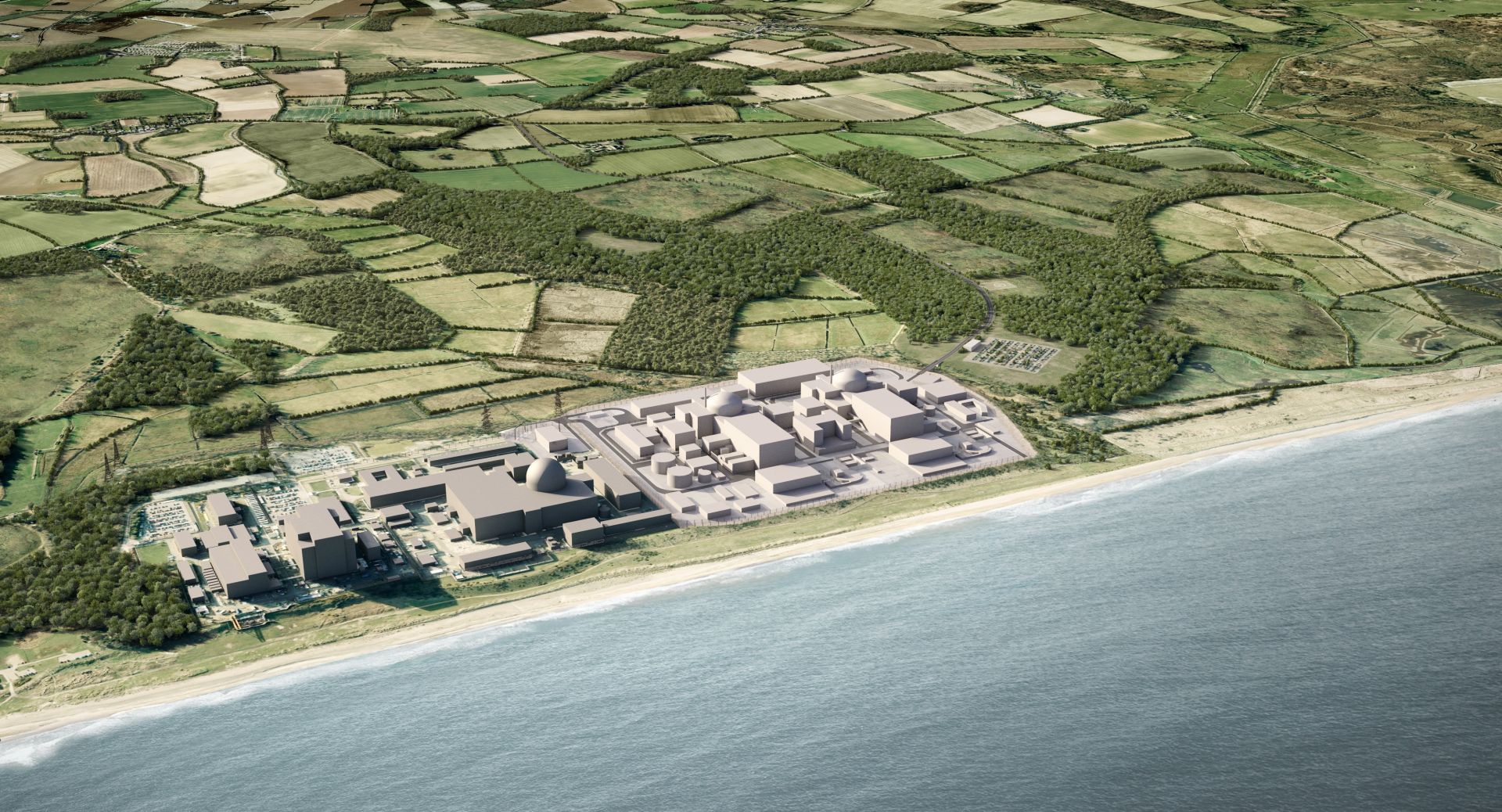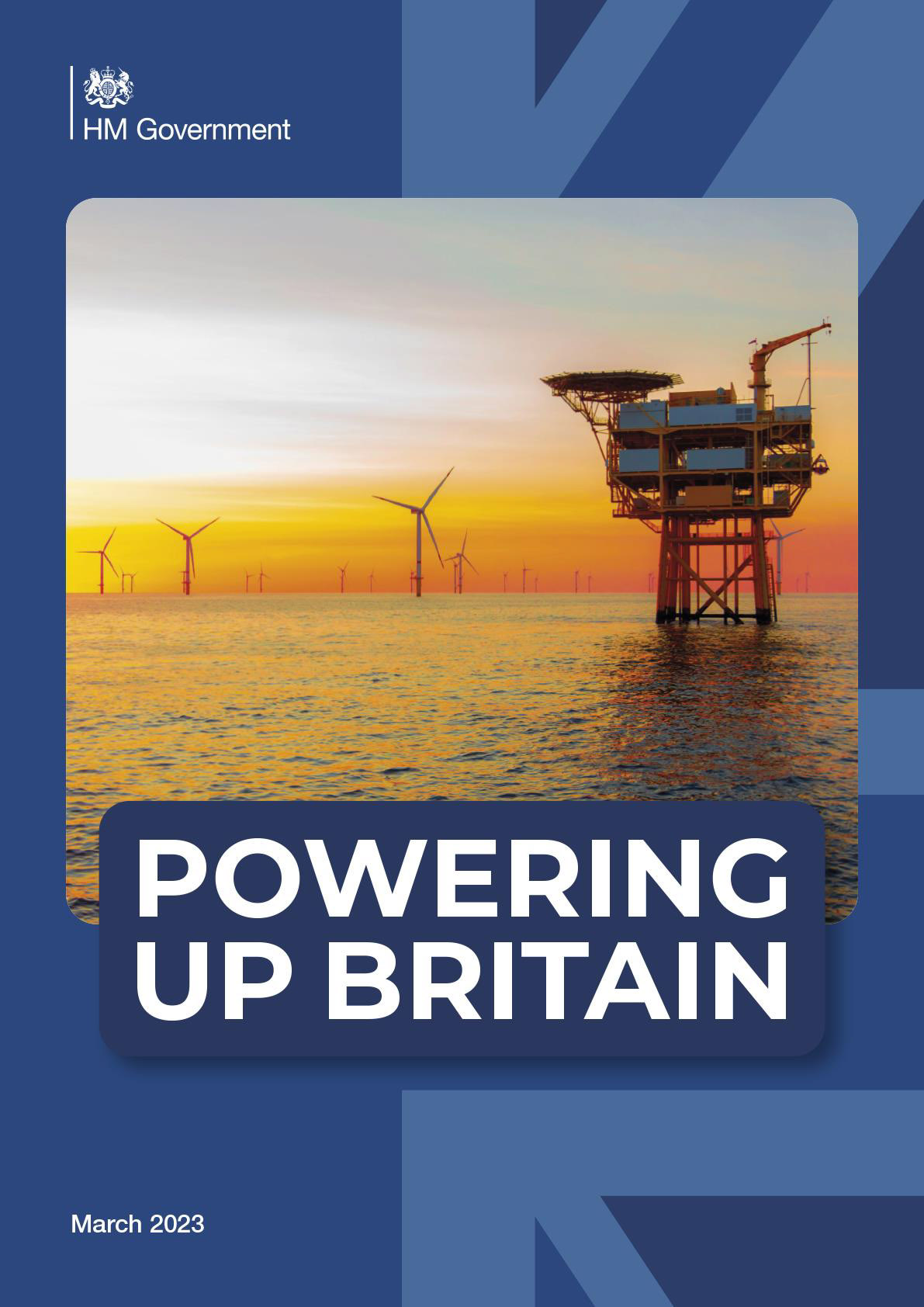Westinghouse AP300 SMR application filed with UK regulator

The United Kingdom’s Department of Energy Security and Net Zero has signed off on Westinghouse’s AP300 small modular reactor earlier this month.


The United Kingdom’s Department of Energy Security and Net Zero has signed off on Westinghouse’s AP300 small modular reactor earlier this month.

Engineering company Rolls-Royce is considering the sale of its small modular reactor subsidiary to inject new funding into the company’s overall business plans, the Sunday Telegraph first reported Aug. 3.
The company is looking to raise hundreds of millions, with a current valuation of £1.6 billion ($2 billion), as it sets its sights on being the first to deploy SMRs in the United Kingdom. Rolls-Royce recently cleared step two of the U.K.’s generic design assessment (GDA)—a competition launched in 2023 to bring SMRs on line in the 2030s.

The small modular reactor design from Rolls-Royce has cleared step two of the United Kingdom’s generic design assessment (GDA) and is moving to the third and final step.
The company announced its progress and lauded “Rolls-Royce SMR’s position ahead of any other SMR in Europe” in a July 30 press release. Rolls-Royce SMR touts its ability to deliver new nuclear power based on proven technology, providing a “factory-built” power station to provide enough energy for a million homes for a 60-year stretch.
The United Kingdom has announced a northern Wales site as its preferred location for a third mega-nuclear power station as the nation aims to support long-term energy security.
Following its plans to build nuclear facilities at Hinkley in Somerset and Sizewell in Suffolk, both in England, U.K. officials hope to revive the nuclear history of Wylfa, in Wales, and bring thousands of jobs and major investment to the area. The government is kickstarting talks with global energy firms in hopes of building a nuclear plant in Wylfa that could provide enough energy to power 6 million homes for 60 years.

Great Britain announced last week that it will purchase land at two nuclear sites from Hitachi for £160 million ($203 million).
Chancellor Jeremy Hunt announced the deal for the sites—Wylfa in northern Wales and Oldbury-on-Severn in southwestern England—during the annual budget speech to Parliament. Under Hitachi’s ownership, the land was prepped for developing a pair of advanced boiling water reactor units, but those plans were suspended in 2019 due to economic constraints.

The U.K. government recently confirmed a further £170 million (about $216 million) investment of previously allocated funding for development work on the proposed Sizewell C nuclear power plant project in Suffolk, England.

Through its now one-year-old Nuclear Fuel Fund, the U.K. government has awarded Westinghouse three grants to upgrade and expand the Springfields Fuel Fabrication Facility to support Britain’s next-generation nuclear reactors, the American-based company announced yesterday.
Promising a “massive revival of nuclear power,” the U.K. government yesterday officially launched Great British Nuclear—an “arms-length” governmental body established to help ramp up the nation’s nuclear capacity to as much as 24 GW by 2050. Alongside, the U.K. announced a GBN-managed small modular reactor competition.
 With the release last week of the policy paper Powering Up Britain, the U.K. government unveiled its plan to enhance the nation’s energy security and deliver on its ambitious net-zero commitments.
With the release last week of the policy paper Powering Up Britain, the U.K. government unveiled its plan to enhance the nation’s energy security and deliver on its ambitious net-zero commitments.
“This document explains how we will diversify, decarbonize, and domesticate energy production by investing in renewables and nuclear, to power Britain from Britain,” writes U.K. secretary of state for energy security and net zero Grant Shapps in the foreword. “It sets out the extraordinary opportunities opening up in technologies like carbon capture, usage, and storage; floating offshore wind manufacturing; and hydrogen, which will not only help us reach net zero but also consolidate Britain’s position as a global leader in green energy. And it details how we will use that leadership to influence energy decarbonization internationally.”

Hunt
In his spring 2023 budget speech to the House of Commons last Wednesday, U.K. chancellor of the exchequer Jeremy Hunt confirmed that, subject to consultation, nuclear power will be classified as environmentally sustainable in the U.K. green taxonomy, providing potential private investors in nuclear projects access to the same incentives currently enjoyed by investors in renewables. (Last year, the European Union added nuclear and natural gas to the list of green technologies covered by its taxonomy, but only on a transitional basis under what the European Commission termed “clear and strict conditions.”)
“We have increased the proportion of electricity generated from renewables from under 10 percent to nearly 40 percent,” Hunt declared. “But because the wind doesn’t always blow and the sun doesn’t always shine, we will need another critical source of cheap and reliable energy. And that is nuclear.”

The British government has announced an investment of £679 million (about $828 million) in the proposed Sizewell C nuclear plant in Suffolk, England, confirming chancellor of the exchequer Jeremy Hunt’s remarks on the project in his November 17 Autumn Statement.